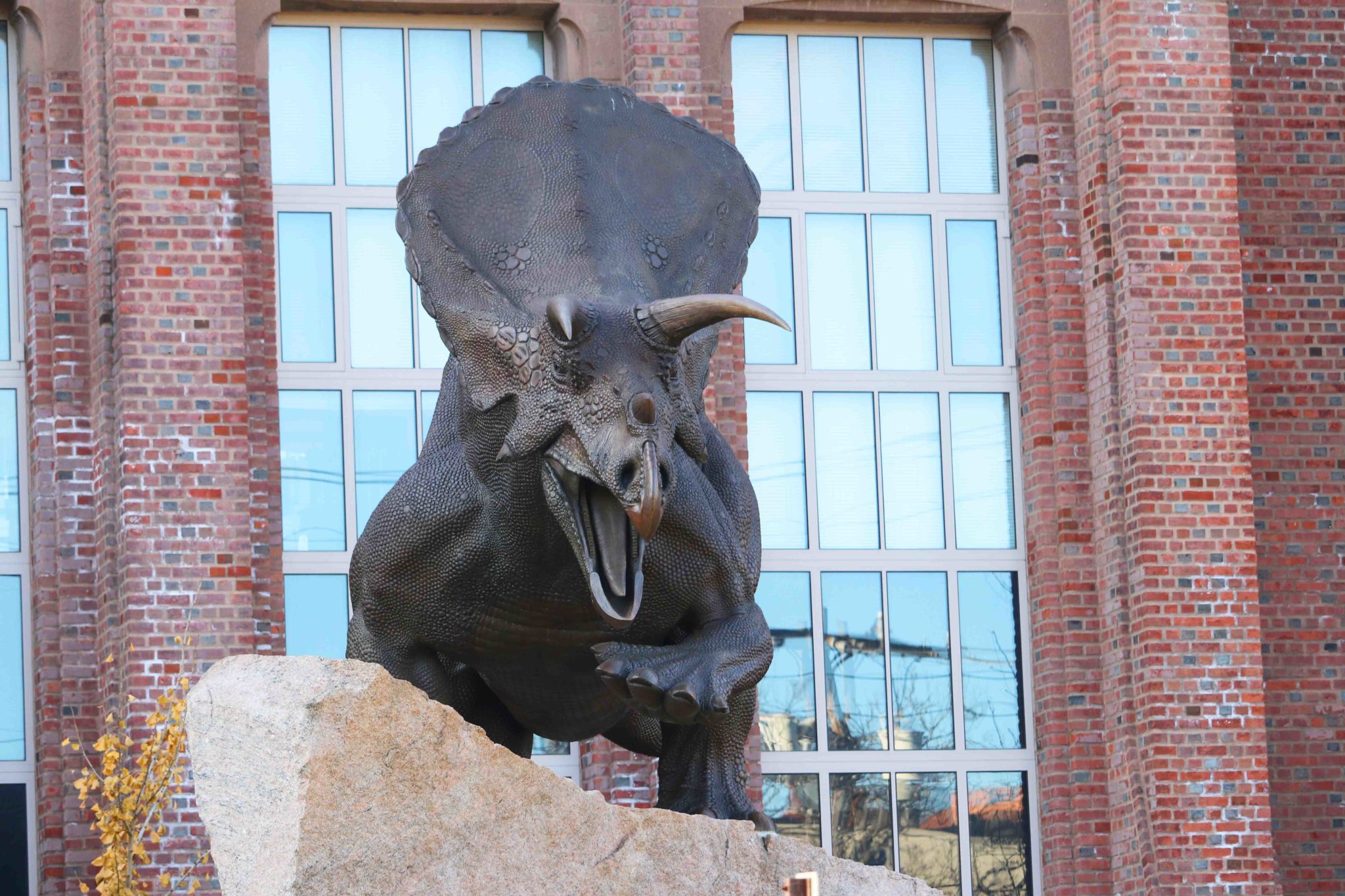
Edward P. Bass ’67 has donated $160 million to renovate the Peabody Museum of Natural History. The contribution is among the largest gifts ever made to Yale — and stands alone as largest gift ever received by a natural history museum in the United States.
The Peabody will use Bass’ donation to increase exhibition space by 50 percent, expand collections-storage and research facilities, construct a central gallery and add museum classrooms and an education center, according to the museum’s website.
“I am deeply grateful to Ed Bass for a gift that will transform the Peabody,” University President Peter Salovey wrote in a press release on Tuesday. “Imagine an expanded natural history museum where the exhibits reflect the most current science; where faculty members and students can more efficiently use the collections; and where our investigators have spectacular research facilities. This is a magnificent gift.”
Most of the renovations are designed to further the Peabody’s efforts to create spaces that promote educational outreach and enable students to conduct research. More than 130,000 people visit the Peabody each year, of which 25,000 are school children, according to the museum’s website. In addition, David Heiser leads the museum’s Office of Student Programs, which employed more than 120 students as interns, educators, researchers and employees during the 2017–18 academic year.
Bass has made donations to bolster other scientific resources at Yale, including the Yale Institute for Biospheric Studies, the Class of 1954 Environmental Science Center and the Yale Science Building. He is the brother of Robert Bass ’71, namesake of the popular underground library on Cross Campus.
The timeline and full scope of the project remain in development, with additional fundraising still needed, according to the press release.
The renovation will include the construction of an interior courtyard and new classrooms, and it will open part of the lower level to public use. Additionally, the gift will fund a new building with a glass facade facing the museum’s shared open terrace with the Kline Geology Laboratory.
Exhibits from the Great Hall of Dinosaurs and the Hall of Mammalian Evolution will be prominent in the renovated museum, according to the release. The project will also allow for the cleaning, conserving and remounting of the museum’s dinosaur and mammal skeletons.
Other future exhibitions will emulate the David Friend Hall — the museum’s gem and mineral gallery, which opened to the public in October 2016 — by showcasing rare, large-scale specimens from the mineral and gem collections.
Finally, the renovation project will expand the space available for faculty members, postdoctoral fellows, graduate students and undergraduates to work with the Peabody collections.
The Peabody, founded in 1866 by George Peabody, is one of the oldest and largest natural history museums in the world. The museum’s original building was demolished in 1917; the facility moved to its current location in 1925.
Amy Xiong | amy.xiong@yale.edu
Madison Mahoney | madison.mahoney@yale.edu







